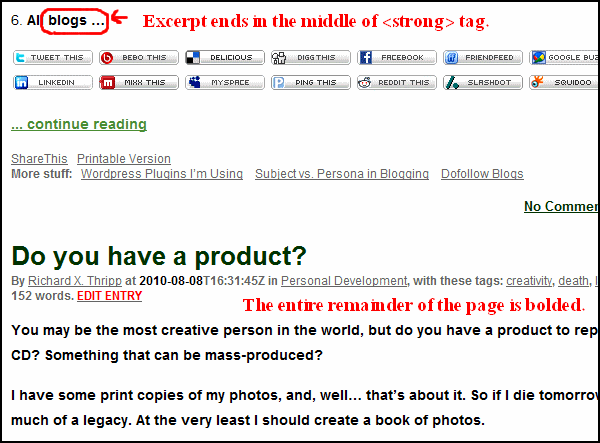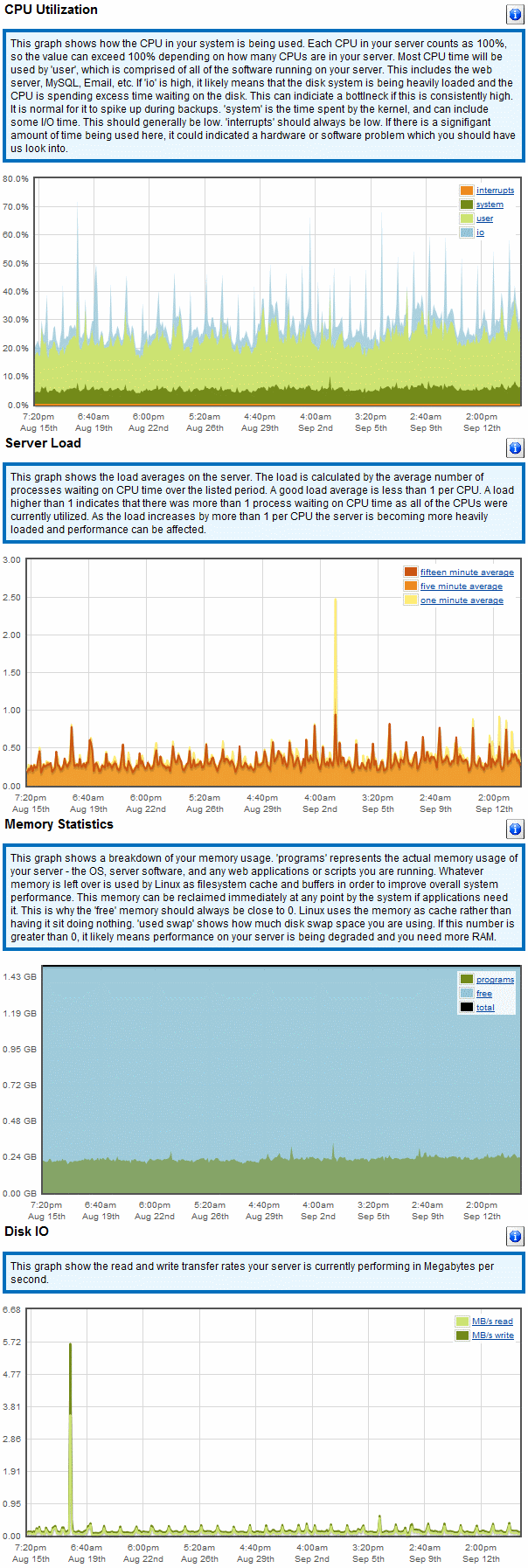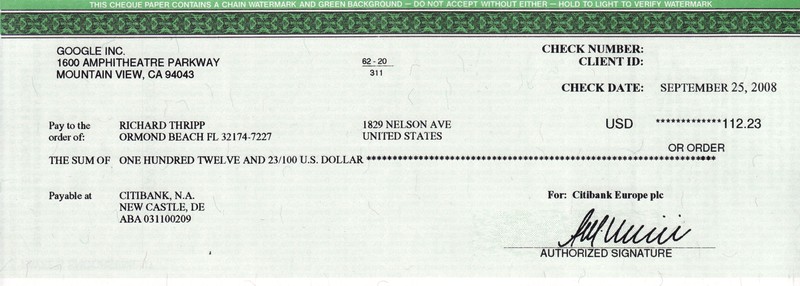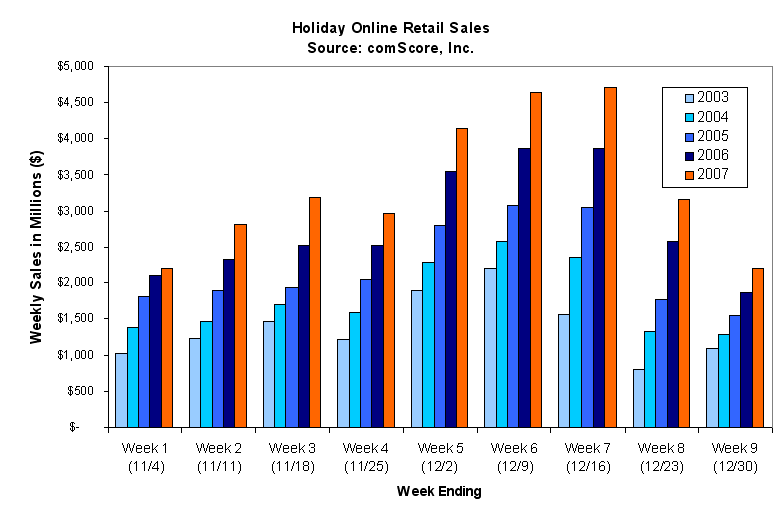Note: On January 19, 2017, my Google Voice number 510-936-2417 became a victim of Caller ID spoofing. A robo-caller or other scammer is placing calls from a different phone number but portraying their caller ID (callback) number as my number. Evidently, this is very easy for scammers to do and there is nothing I can do about it.
Basically, if you have a website with your name in the URL, you are not living a low-profile life. I should probably change my website from richardxthripp.thripp.com to something that isn’t my real legal name, but I have no intention of doing so. In this article I would just like to talk about the mindset and benefits of low-profile living.
When I talk about keeping a low profile, I’m not talking about having a fake I.D., not using Google, or shielding yourself from corporations or governments. I mean shielding yourself from ordinary people. I consider it perfectly normal to give out my Google Voice phone number to people I meet at work, college, events, or shopping, but many people restrict their phone number to close friends. While I use a fake last name on Facebook, I only started this recently and still list my real last name as an alternative so people can find me. Most chilling of all, my home address is still listed on all my domain registration records. I really need to get a P.O. box, but I don’t want to pay every year for it, and I don’t want to risk putting a fake address on my domains because that is technically grounds for domain seizure by the ICANN, Verisign, or GoDaddy.
However, many people don’t even share their home address or personal details with close friends or romantic partners. Some people don’t even have phone or email―you have to go to their house or write a letter to get in touch with them. Other people live in the wilderness, such as rural North Carolina, where they are mostly cut off from modern life. I’ve lived a stone’s throw from Daytona Beach all my life, so it’s difficult to imagine being thirty minutes from the nearest Walmart.
Though I didn’t list it in my resolutions, one of my resolutions for 2011 is to maintain a higher level of secrecy. This is mostly in regard to my website, Facebook, Twitter, acquaintances, and satellite friends, which I define as friends who are primarily my friends because they know at least one of my close friends well. For family and close friends, I am actually being more open. It’s just important to keep mutually unwanted friends out.
I thought of the phrase “mutually unwanted” because last month I tried to open a checking account at Bank of America and found I am on the ChexSystems blacklist for fraudulent activity. I looked it up, and several websites described it as being a list of “mutually unwanted customers” which is basically a cartel of banks that have banded together through this third-party, non-governmental company. This really sucks, because it means I can’t open a checking account at any bank that uses ChexSystems for the next five years. I don’t even know why I’m on the list―I haven’t had any overdrawn accounts or illegal activity, and I doubt anyone stole my identity since my credit score is fine and I haven’t lost any money from my accounts with other banks. I submitted an appeal both by phone and their website, and they said I would get a letter within 5 business days, but that was before Christmas and nothing has come yet.
You could say Bank of America, BB&T, and other banks are being low-profile by using ChexSystems. Instead of welcoming new customers with open arms, they use a shady background service that doesn’t even work right most of the time, and they put absolute faith in it. From one perspective, this is an abundance mindset―they are implying I don’t matter because there are plenty of other people who want to be their customers. It’s depressing, but they’re probably right. Unless you are very wealthy, famous, or both, you’re just a number to anyone but your family and closest friends. Even your medium-close friends will often turn out to be “fair weather” friends when you have trouble in life. They won’t be there to loan you money or bail you out of jail. They’ll just disappear.
Similarly, peripheral friends you share sensitive information with might screw you over. If you tell everyone you are burning garbage in your yard, an environmentalist ninny might squeal to the police. If zinc prices go up and you start melting down pennies, be careful because you could get five years prison if you keep a high profile. If you buy a car for $3000 but report to the DMV you paid $1000 to save on sales tax, don’t tell anyone you don’t know for real because they might work for the State. Being discreet is just common sense.
When you see stories about people going to jail for making Twitter updates about blowing up planes from their cell phones at the airport, realize that they are not Constitutional issues nor civil rights issues. They are stupidity issues. The Constitution is just four sheets of paper. It doesn’t mean a damn thing in 2011, just as it didn’t in 1865. No law or contract is worth anything more than the paper it’s printed on. All that matters is human behavior and human relationships, and this is why bookworms get in so much trouble. They have book smarts, not real smarts. They share too much information and they don’t know psychology. If you think paper can stop a bullet, you’re living in fantasy-land… unless it’s 100 cases of paper, which might be able to stop a bullet. 
Last month, I started a campaign to remove my Google Voice number from every public website. My new Google Voice number is 510-936-2417, and I feel perfectly safe giving it out, because it always goes to voicemail. I still use the old 386 number, and it still goes directly to my parents’ landline, but I don’t want to share it even though I can block numbers, because I don’t want nutcases waking my step-mom up at 3am. While I know the old number is still in the Google cache, Web archive, and other places because it used to be on this website, I’m confident these will disappear eventually, except the web archive which will require special attention. I’ve already changed my 100+ domains to the new 510 number.
Note: On January 19, 2017, my Google Voice number 510-936-2417 became a victim of Caller ID spoofing. A robo-caller or other scammer is placing calls from a different phone number but portraying their caller ID (callback) number as my number. Evidently, this is very easy for scammers to do and there is nothing I can do about it.
In some ways, being low-profile lends an air of exclusivity to friendship with you. Only your close friends know sensitive information about you such as your address, home phone number, family, and workplace. These friends feel more valued and special because they know you have given them more trust than the general public. Furthermore, every deterrent increases your chances of attracting good friends who appreciate you for who you are rather than the public image you project. Then, you can be even more trusting with your inner circle, because they will value your privacy just as you do.
On Facebook, I am now using a baby picture as my photo. This means people who are not my friends only get to see a photo of me that is from 1992, so they don’t even know what I currently look like unless they visit this website or know me in person. Surprisingly, most of my close friends don’t even care about richardxthripp.com, nor have they visited it. It’s quite surprising how average college students don’t care about personal websites. All they do is text and Facebook. Even email is a burden.
When you raise your standards and stop sharing dangerous information with the world, stalking becomes a much smaller problem. Every day, women who display themselves in low-cut blouses, string bikinis, or sexual poses on MySpace or Facebook complain about “creepy people” stalking them, and handsome men complain about friend requests from strangers when they display themselves shirtless. A simple lesson in modesty solves these issues. You don’t have to exhibit yourself to the delight of perverts and stalkers, and if you do, it looks stupid and real people don’t want to be friends with you. It’s entirely possible to have a MySpace or Facebook displaying no photos of yourself, if all your friends know what you look like offline and you tell them not to post pictures of you.
Talking about your income sources, family, heritage, religion, political views, assets, tattoos, or relationships is also completely unnecessary. You can have intriguing and detailed conversations without revealing anything important about yourself. Instead of talking about sensitive topics, talk about your hobbies, your favorite movies, sports, current events, or what your friends are doing. When someone else shares something private about their life, you have no obligation to reciprocate. They probably don’t want to hear about your life anyway. Most people prefer talking about themselves. If you indulge them, not only will you be living more privately, but you will be establishing better friendships by listening without interrupting.
Finally, it is very important to respect the privacy of others and never gossip, even if other people encourage it. I’ve recently lost a close friend over this, and it has been a wake-up call for me to re-evaluate what kind of person I want to be. At the same time, I believe in second chances and always grant them if the other person is sincere, not just because I expect to be treated fairly in return, but because being forgiving is the right thing to do.
















